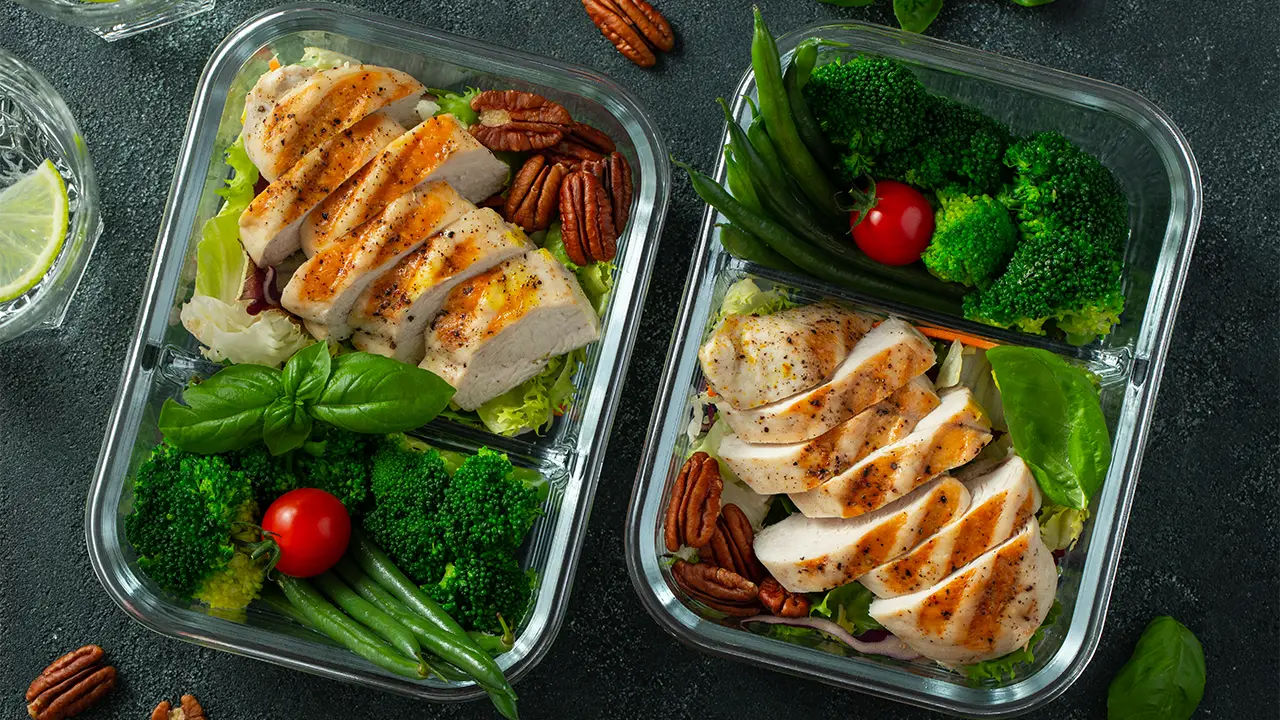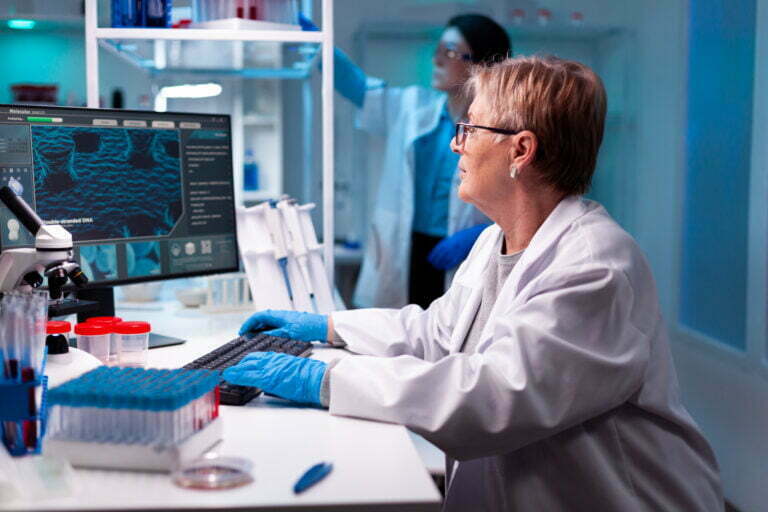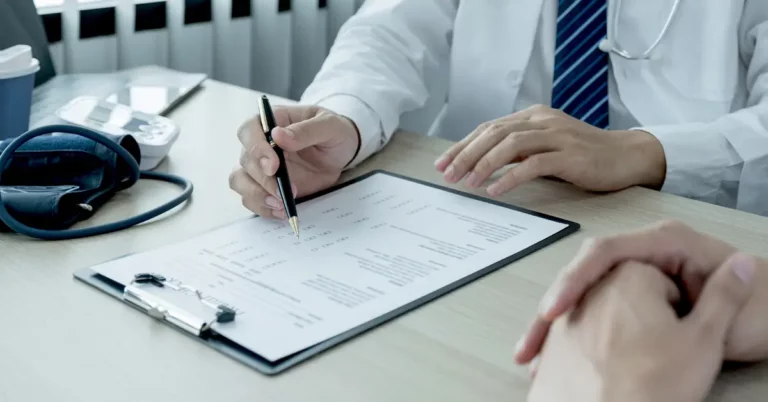High blood pressure, also known as hypertension, affects millions of people worldwide and is commonly referred to as the “silent killer” due to its potential to cause serious health complications such as heart disease, stroke, and kidney failure. In the United States alone, almost half of adults (47% or 116 million) have hypertension. However, lifestyle modifications such as diet can help manage this condition. In this article, we will discuss the best diet for high blood pressure, including the top foods to eat. We will also explore how remote patient monitoring (RPM) can aid patients in managing their blood pressure from the comfort of their homes.
Understanding High Blood Pressure
High blood pressure is a common condition that can increase the risk of serious health complications, including heart disease, stroke, and kidney failure. To manage this condition, lifestyle modifications like diet and exercise, as well as medication, can be helpful. Certain foods, such as those high in cholesterol or sodium, can contribute to high blood pressure, while other foods, like those rich in potassium and fiber, can promote healthy blood pressure levels. Making smart food choices can be an important step in regulating high blood pressure and reducing the risk of associated health problems.
What is the Best Diet for High Blood Pressure?
The DASH Diet
The DASH (Dietary Approaches to Stop Hypertension) eating plan is widely regarded as the best diet for managing high blood pressure. This plan is a well-balanced and nutritious eating pattern that emphasizes the consumption of fruits, vegetables, whole grains, lean protein, and low-fat dairy products. By following DASH eating plan, you may be able to significantly lower your blood pressure levels and reduce your risk of associated health problems. The DASH diet is not only effective, but also flexible and sustainable, making it an ideal choice for those seeking a healthy meal plan that promotes overall wellness.
Sample Meal Plans and Food Recommendations
Following a DASH diet can be challenging, but with a little planning, it can be easy to incorporate into your daily routine. Here are some sample eating plans and food recommendations for the DASH diet:
- Breakfast: Oatmeal with berries, low-fat yogurt, and a cup of milk
- Lunch: Grilled chicken salad with mixed greens, tomatoes, cucumbers, and low-fat dressing
- Dinner: Baked salmon with roasted asparagus and brown rice
- Snacks: Fresh fruit, hummus with carrots, or a handful of almonds
Top Foods to Eat for High Blood Pressure
Foods High in Potassium
Potassium is a mineral that helps regulate blood pressure by counteracting the effects of sodium. Here are some foods that are high in potassium:
- Bananas
- Sweet potatoes
- Spinach
- Avocado
- Tomatoes
- Oranges
Foods High in Fiber
Fiber is essential for a healthy diet and has been shown to help relax blood vessels and lower blood pressure. Here are some foods that are high in fiber:
- Whole grains such as brown rice, quinoa, and whole-wheat pasta
- Legumes such as lentils, black beans, and chickpeas
- Fruits such as apples, pears, and berries
- Vegetables such as broccoli, carrots, and sweet potatoes
Foods High in Calcium
Calcium is another mineral that has been shown to help lower blood pressure. Here are some foods that are high in calcium:
- Low-fat dairy products such as milk, yogurt, and cheese
- Dark leafy greens such as kale and collard greens
- Fortified foods such as tofu and orange juice
- Seafood such as salmon and sardines
A Diet Plan for High Blood Pressure
Tips for Following a High Blood Pressure Diet
Following a high blood pressure diet can be challenging, but there are some tips that can help make it easier:
- Plan your meals in advance
- Make a grocery list and stick to it
- Choose healthy snacks such as fresh fruit and nuts
- Use herbs and spices instead of salt to add flavor to your meals
- Avoid processed and high-sodium foods
The Importance of Monitoring Blood Pressure
Monitoring blood pressure is crucial for maintaining good health and preventing cardiovascular diseases. High blood pressure can lead to serious complications such as heart attacks, strokes, and kidney failure. Regular monitoring of blood pressure levels is essential to identify any potential risks and ensure timely intervention. Blood pressure can be easily monitored through a variety of methods including traditional in-person appointments with healthcare providers, as well as through remote monitoring systems that allow patients to track their blood pressure from the comfort of their own homes. By regularly monitoring blood pressure levels and taking steps to manage hypertension, individuals can significantly reduce their risk of developing cardiovascular diseases and improve their overall health and wellbeing.
High Blood Pressure Diet with the Assistance of DrKumo RPM Solutions
RPM is a promising approach to managing blood pressure, as it enables patients to keep track of their physiological parameters and take proactive steps to control their condition. By utilizing continuous glucose monitors, patients can receive real-time monitoring of their blood pressure and receive timely interventions from healthcare providers if necessary. This approach can help patients manage their condition, reduce their risk of heart disease, and maintain a healthy weight.
In addition to monitoring blood pressure, healthcare providers can also offer remote advice on healthy food choices to improve blood pressure control. Patients can receive guidance on which foods to include in their diet to help manage their blood pressure levels. By making these dietary changes, patients can improve their overall health and reduce their risk of developing other chronic diseases.
DrKumo RPM technology is a modern solution that enables patients to receive continuous and real-time monitoring for managing chronic diseases, acute care, post-operation, and hospital care from the comfort of their own homes. The DrKumo RPM system utilizes advanced technology, including a state-of-the-art, HIPAA-compliant, mobile-enabled, and AI/ML engine, to empower patients to take control of their health. By providing patients with access to this technology, DrKumo RPM can help them improve their blood pressure regulation, maintain a healthy weight, and make necessary changes to better manage their health.
Conclusion
Managing high blood pressure requires a healthy lifestyle that includes changing your diet to a DASH diet, which emphasizes fruits, vegetables, whole grains, lean protein, and low-fat dairy products, as well as incorporating foods that are rich in potassium, fiber, and calcium. However, it’s important to avoid certain foods such as processed foods, sugary drinks, and those high in sodium, as they can increase blood pressure levels. In addition to dietary changes, regular physical activity can help improve blood circulation and strengthen the heart. Monitoring your blood pressure is also essential in managing high blood pressure levels. With the help of RPM offered by DrKumo, you can track your blood pressure regularly and get expert advice from healthcare providers to manage your condition effectively.
Enhance your health and regulate high blood pressure with RPM. Contact DrKumo to learn how customized dietary plans can support your wellness goals. Optimize your health today!
Disclaimer: This information is for educational purposes only. Consult a healthcare provider before making changes to your diet for high blood pressure.








